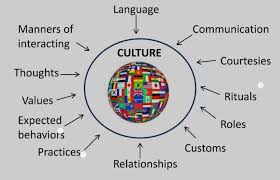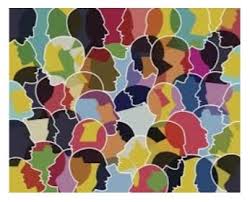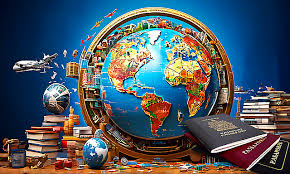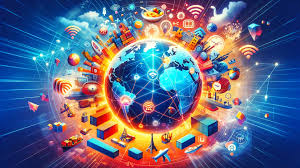1. What Is Culture? A Foundational Overview
Culture encompasses the collective beliefs, customs, traditions, and social behaviors of a group of people. It serves as the invisible framework that shapes how individuals interact with each other and their environment. From language and art to rituals and cuisine, culture provides the lens through which societies interpret their world.
Anthropologists argue that culture is both learned and transmitted, forming the core of human adaptation and survival. It reflects shared experiences, guiding societal norms and moral values. Understanding culture requires a holistic approach, considering its tangible (e.g., architecture, artifacts) and intangible elements (e.g., folklore, values).
Culture is dynamic, influenced by internal creativity and external interactions. As societies grow and interact, cultural elements evolve, adapt, or merge, creating new forms that define subsequent generations.
2. The Role of Culture in Shaping Societal Values
Culture plays a pivotal role in defining societal values, often acting as a moral compass. It informs concepts of right and wrong, justice, and communal responsibility. For example, collectivist cultures prioritize community and family, while individualistic cultures emphasize personal freedom and self-expression.
Through education, storytelling, and rituals, cultural values are passed down, ensuring continuity and cohesion within a society. Religious practices, legal systems, and social norms are direct manifestations of these values. As a result, culture not only shapes personal identity but also fosters societal unity.
However, cultural differences can also lead to misunderstandings and conflicts, emphasizing the need for cross-cultural understanding. In an increasingly interconnected world, recognizing the diversity of cultural values is essential for global harmony.
3. The Evolution of Culture Through Time
Culture is not static; it evolves with time, reflecting changes in technology, economy, and social dynamics. The Agricultural Revolution, for instance, marked a shift from nomadic lifestyles to settled farming communities, influencing art, religion, and governance. Similarly, the Industrial Revolution reshaped cultural practices, emphasizing urbanization and technological innovation.
Modern digital culture, driven by the internet and social media, exemplifies the rapid pace of cultural evolution. Memes, viral trends, and digital art forms demonstrate how culture adaptsttechnological advances. This evolution highlights human resilience and creativity in navigating change while retaining core traditions.
4. Culture in the Era of Globalization
Globalization has brought cultures closer together, enabling exchange and mutual enrichment. From cuisine to fashion, cultural elements have transcended borders, creating a global tapestry of shared experiences. However, this interconnectedness also raises concerns about cultural homogenization, where dominant cultures overshadow local traditions.
Cultural exchange fosters innovation, blending diverse perspectives to create new art forms, ideas, and technologies. For instance, the fusion of musical genres or the adaptation of global cuisine illustrates how cultures can coexist and innovate together. Nevertheless, preserving cultural uniqueness remains crucial amidst this integration.

5. Preserving Cultural Identity in a Changing World
In a rapidly changing world, preserving cultural identity is a challenge. Urbanization, migration, and globalization can dilute traditional practices and languages, posing a threat to cultural heritage. Efforts to document and celebrate culture, such as UNESCO’s heritage sites and community festivals, are vital for safeguarding traditions.
Education plays a significant role in cultural preservation, ensuring that younger generations understand and value their heritage. Digital platforms also provide innovative ways to archive and share cultural knowledge, enabling communities to adapt without losing their roots. Balancing
 progress with tradition is key to maintaining a vibrant cultural identity.
progress with tradition is key to maintaining a vibrant cultural identity.



You must be logged in to post a comment.